Forests are often overlooked on international agriculture and bio-economy fora
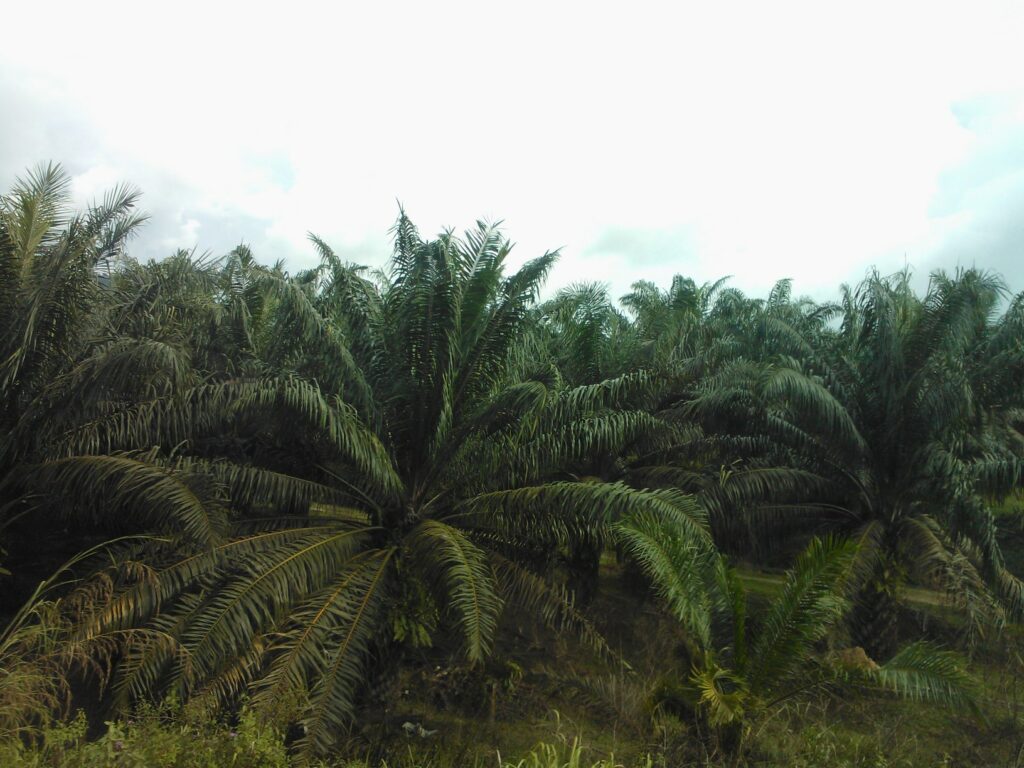
Land use and production questions affiliated to bio-economy are often handled with a 3 F point of view. The F’s stand for food, fibre and fuel. The fourth F, forest, would increase solutions and expand opportunities significantly.
Agriculture is often linked to energy production. In doing this, food production ends up in an inevitable conflict with the energy production. The countless opportunities provided by forests are overlooked, although they might offer broader solutions to conflicts caused by a limited point of view.
Forests provide bioenergy, which does not compete with food production. Furthermore, fibre produced in forests may be a more sustainable option to that produced on fields, such as some of the cotton. The field area required by cotton could be designated for food production.
On the other hand, many of the private sector-led international forest fora focusing on landscape level land use have not to a great extent been able to engage the most powerful agricultural players onto a long term cooperation.
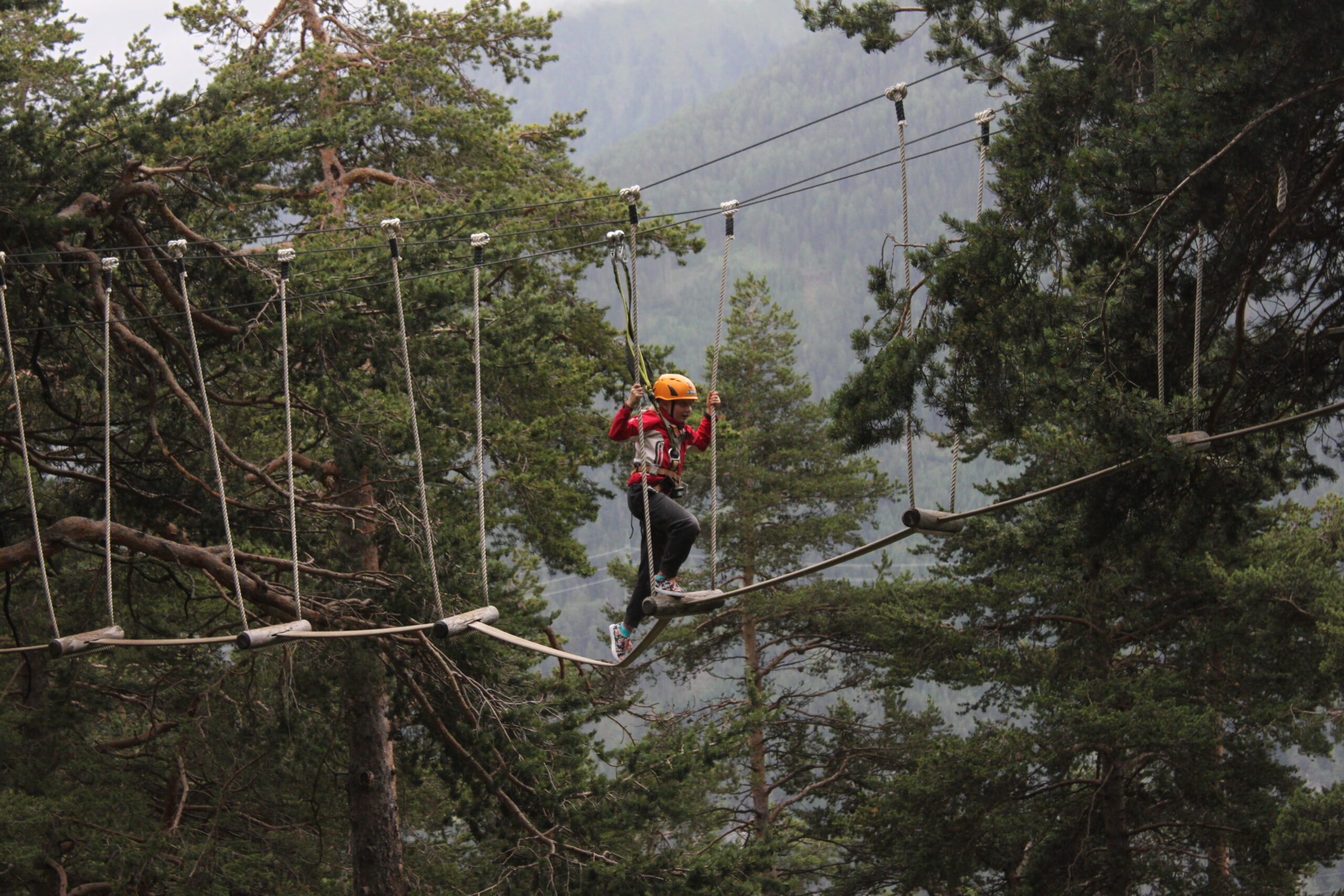
Industry eradicates deforestation
The industrial agricultural producers mostly agree, that global food security needs to be achieved. More differing opinions exist on who should do what and where. Europe and North America have realized, that these continents cannot achieve this by themselves only. Developing countries need to step up for sharing this responsibility.
On the other hand, many of the world’s largest foodstuffs and commodity producers are committing themselves to eradicating deforestation causing activities from their entire supply chains. Many competing international platforms already exist on this.
The sustainable economic use of forests provides one solution to global environmental challenges the planet faces. Global deforestation is a crucial cause for the extinction of species and plays a considerable role on the warming of the climate.
Sustainable forest management is elemental in alleviating both of these problems. The way we use and control food, fibre and biofuels will affect the use of other natural resources on the planet as well. It has been estimated, that only one person in seven will consume less than 2500 calories per day in 2050. This in turn would require doubling the food production in developing countries.
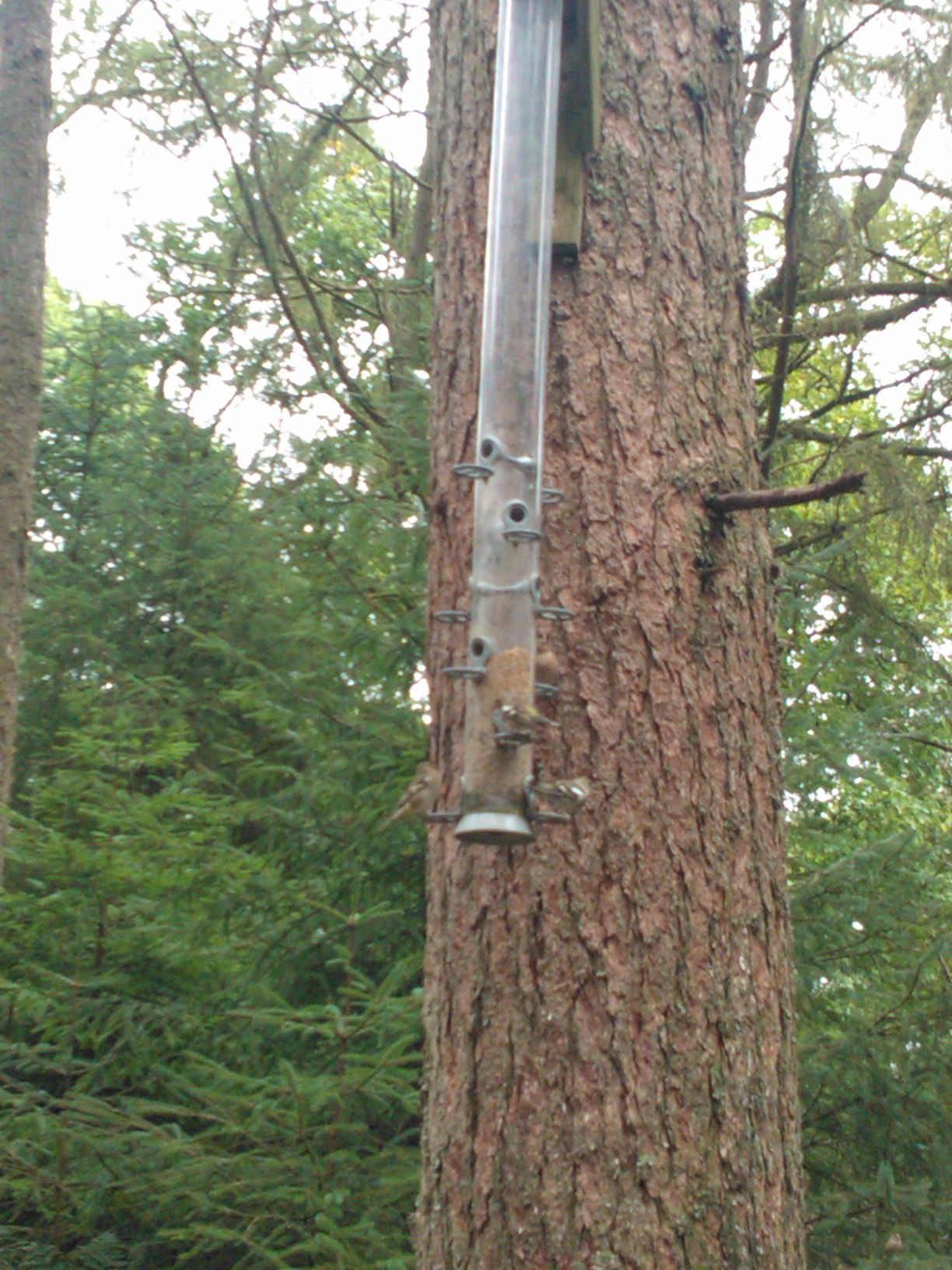
Genetically modified organisms on their way to forests
Land use keeps on intensifying as well. In 1950, there was an average of 5100 square metres of land per person. As population grows, we are on the way towards 2000 by 2050. If nothing is done, there will not be enough land for food production. It has been prognosed, that Brazil, China and India will face a shortage of water by 2050.
Agriculture causes already a quarter of global greenhouse gas emissions. On the other hand, climate change may decrease the productivity of wheat by some 9-19 per cent and that of rice by some 7-27 per cent.
The agricultural sector says the way forward is sustainable intensification of production. One way to promote this is the use of genetically modified organisms. The attitudes towards these are somewhat more tolerant in North America than in Europe. At the same time, the environmental impacts and greenhouse gas emissions will have to be reduced. Ecosystem services provided by nature need to be developed further.
The forest sector can be seen counting more on genetically modified organisms as well. The first pulp companies on the southern hemisphere are assumed to commence with industrial scale production of GMO wood in the coming months.
Oslo stock exchange is greening already
Competition on resources is getting harder. The need for new ways of securing ecosystem service provided by nature is growing in Finland as well. A classic way to boost this is to create monetary values and markets on these.
New markets have been created or are being created for numerous ecosystem services, such as carbon exchanges, emission trading and nature value trading.
Last month, Norway’s stock exchange, the Oslo Børs, introduced a way for investors to use their money to promote sustainability. A new list by the stock exchange highlights green bonds, financial products issued by companies to raise capital for environmentally friendly projects. Notably, the list requires that issuing companies obtain and publicize outside opinions on the projects’ environmental features.
Norway’s green bond list is the first of its kind in the global financial system, but it is part of a broader trend. Momentum to incorporate information about usage of natural capital—air, water, land, and biodiversity generating valuable ecosystem goods and services—into standards for publicly listed companies has been building for years.
Forest certification shows example
Examples of nature value banks exist in numerous countries. In Europe, bottled water companies like Evian and Vittel buy water reservoir protection services from landowners in order to maintain good quality of the water. Forest certification is another case to the point. Forest owners sell certified, sustainably managed wood to the users, ie industries.
The potential of ecosystem services has been recognized in the recent Finnish bioeconomy strategy as well. Nature and experiencing the nature are an important source of well-being. Well-being and health enhancing services based on nature values are a growing sector.
The future challenge will be to bring together the sectors currently using the same natural resources but operating in separate corners, in a way most beneficial to all.
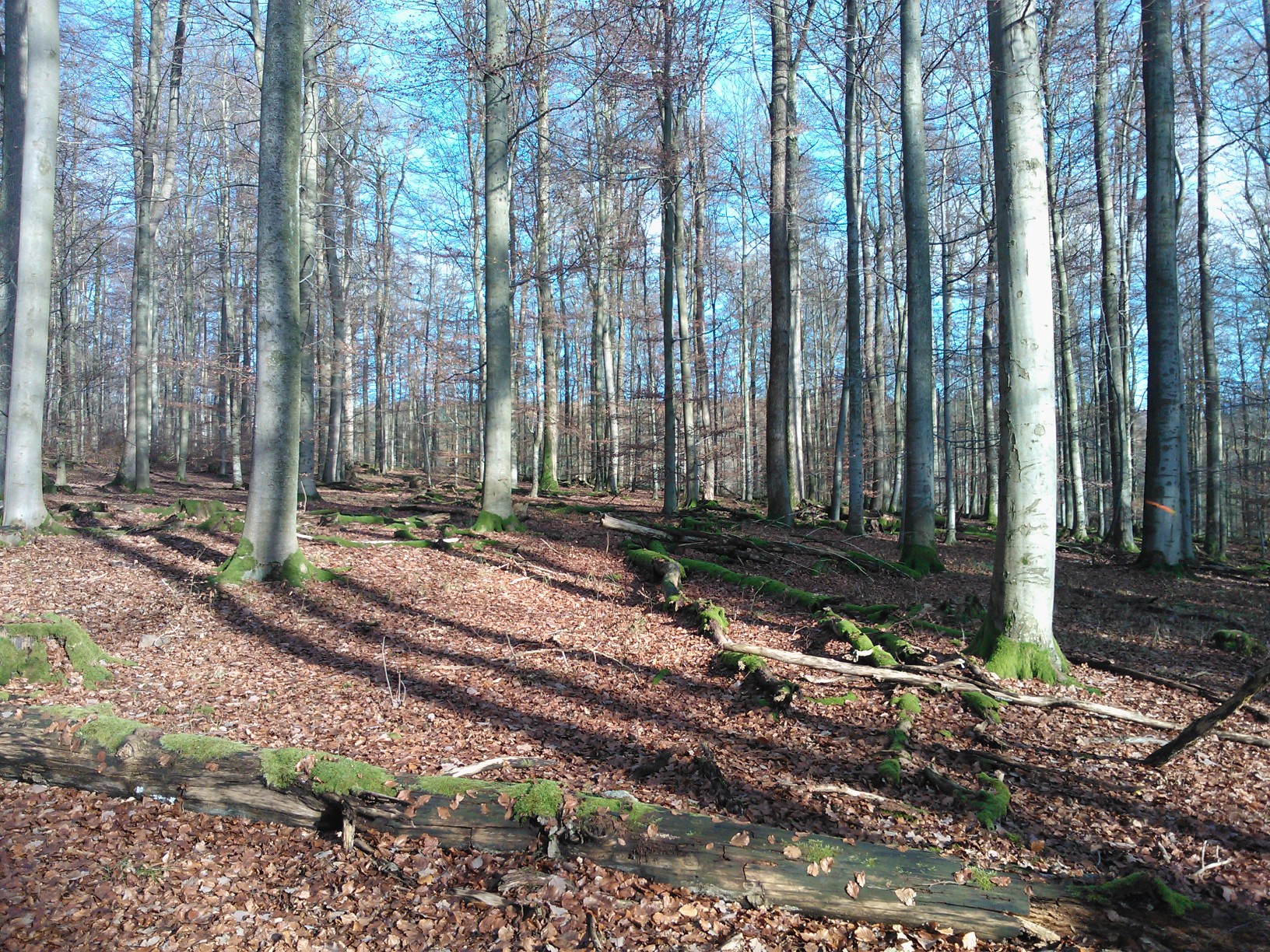
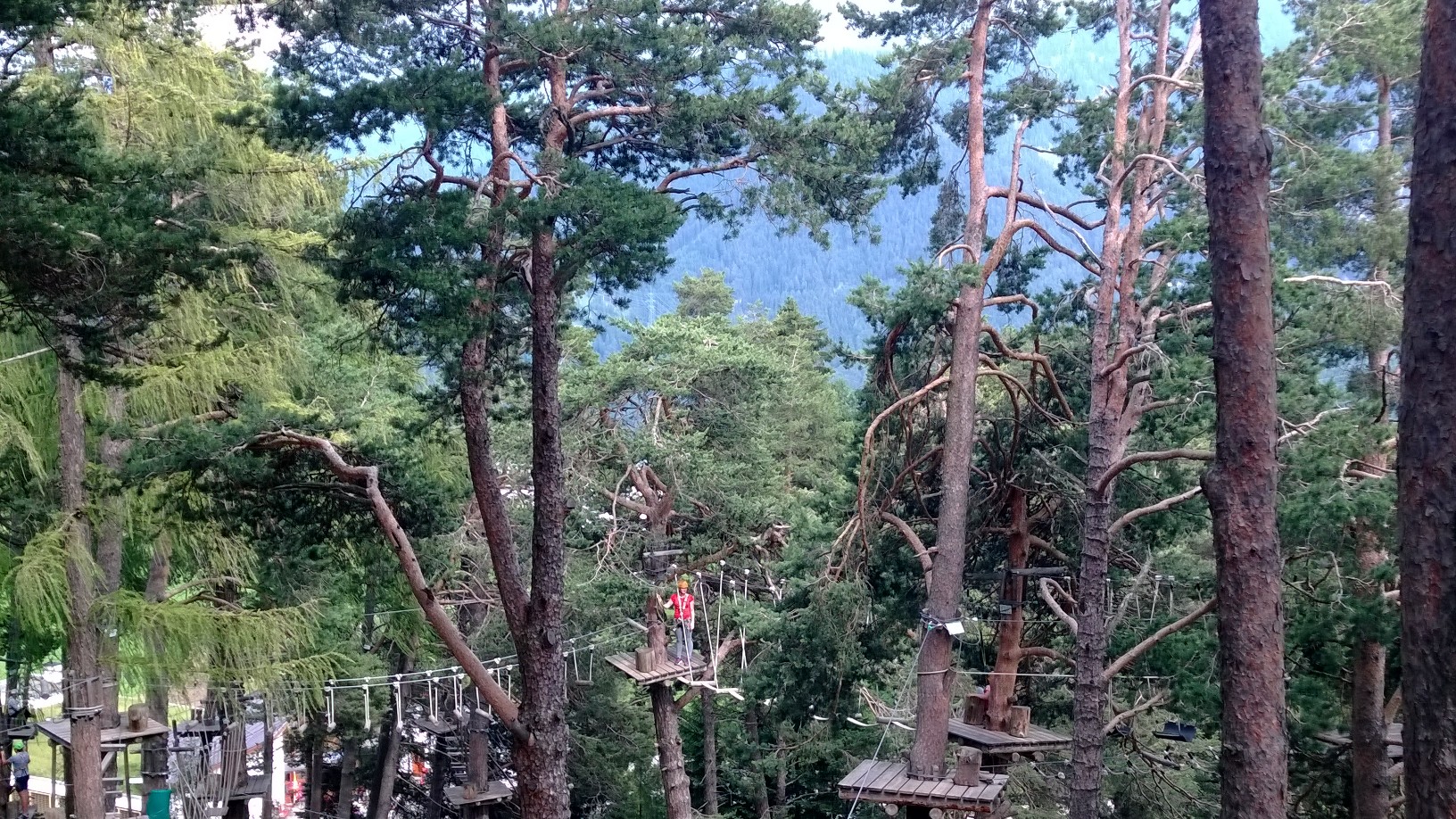
Kirjoita kommentti